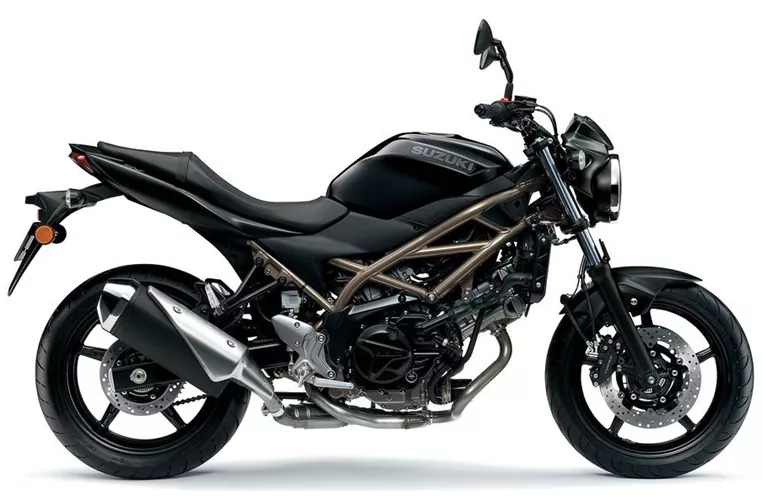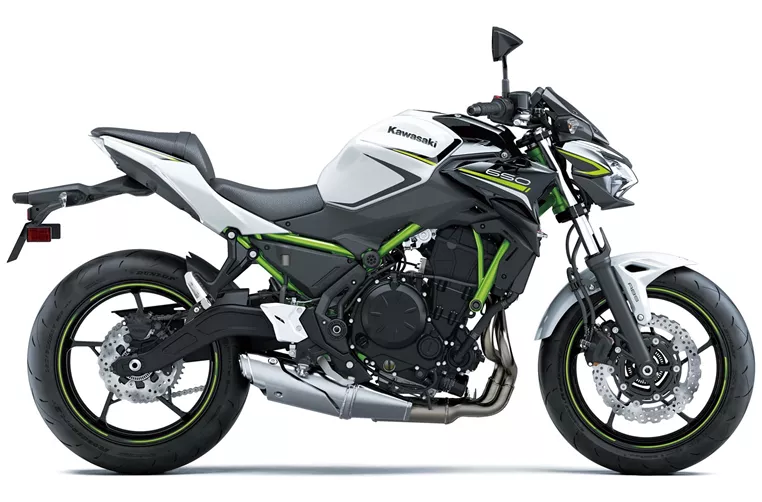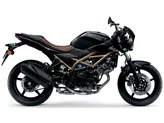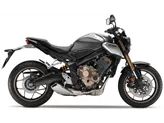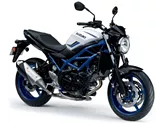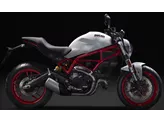Suzuki SV 650 2021 vs. Kawasaki Z650 2020
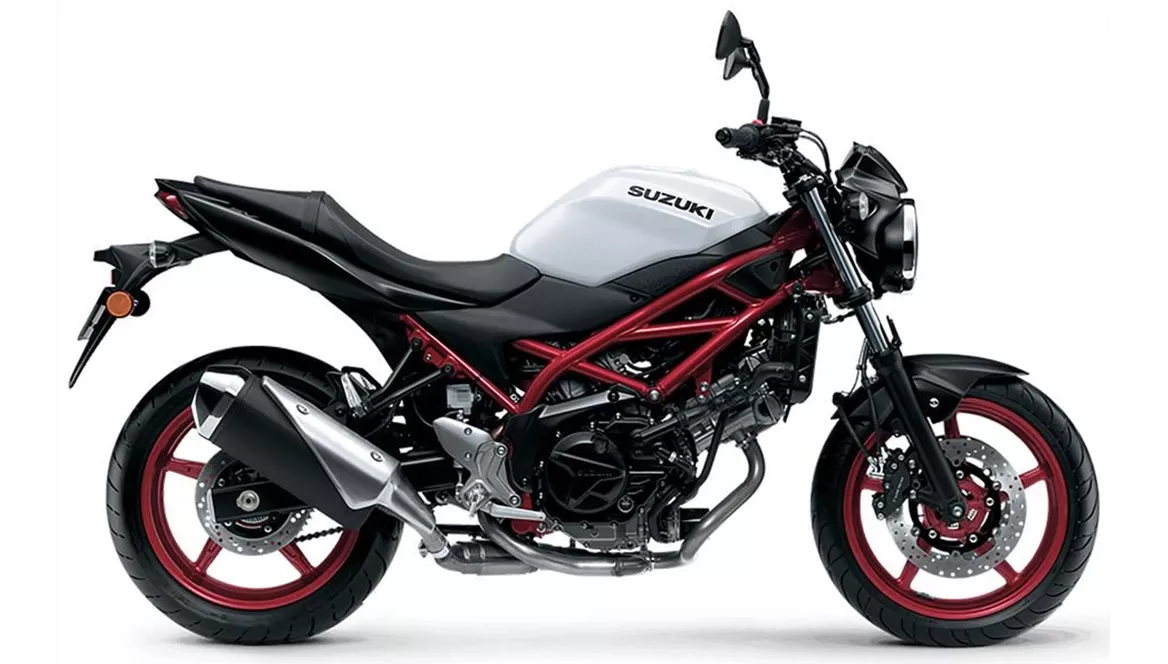
Suzuki SV 650 2021
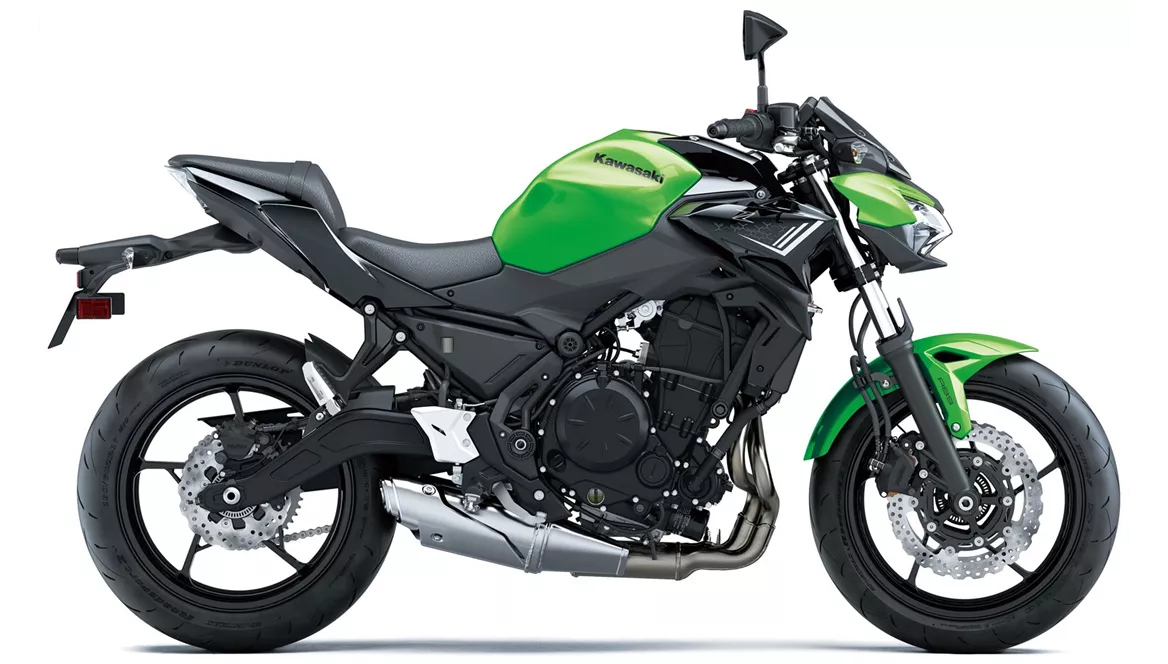
Kawasaki Z650 2020
Overview - Suzuki SV 650 2021 vs Kawasaki Z650 2020
When comparing the Suzuki SV 650 2021 and the Kawasaki Z650 2020, there are several factors to consider.
In terms of engine and drivetrain, both bikes have a two-cylinder engine with fuel injection and liquid cooling. The Suzuki SV 650 has a V2 engine type with 73 HP of power and 64 Nm of torque, while the Kawasaki Z650 has an in-line engine type with 68.2 HP of power and 65.7 Nm of torque. The Suzuki SV 650 has a slightly higher power output, but the difference is minimal.
Both bikes have a telescopic fork front suspension and a swing arm rear suspension with a monoshock absorber and preload adjustment. The chassis of both bikes is made of steel and has a tubular frame type.
In terms of braking, both bikes have double disc front brakes, but there are slight differences. The Suzuki SV 650 has a 290 mm diameter and four-piston calipers, while the Kawasaki Z650 has a slightly larger 300 mm diameter and double-piston calipers.

Suzuki SV 650 2021
Both bikes are equipped with ABS as an advanced rider assistance system.
In terms of dimensions and weights, there are some differences. The Suzuki SV 650 has a front tire width of 120 mm, a rear tire width of 160 mm, and a wheelbase of 1445 mm. The seat height is 785 mm, and the kerb weight with ABS is 200 kg. The fuel tank capacity is 14.5 liters. On the other hand, the Kawasaki Z650 has the same tire widths and wheelbase, but a slightly higher seat height of 790 mm. The kerb weight with ABS is 187.1 kg, and the fuel tank capacity is 15 liters.
Now let's discuss the strengths and weaknesses of each bike.
The Suzuki SV 650 2021 has a confident V2 powerplant with character, providing a unique riding experience. It has a stable chassis and a comfortable seating position, making it suitable for long rides. The bike also offers easy handling and has a timeless look that appeals to a wide range of riders.
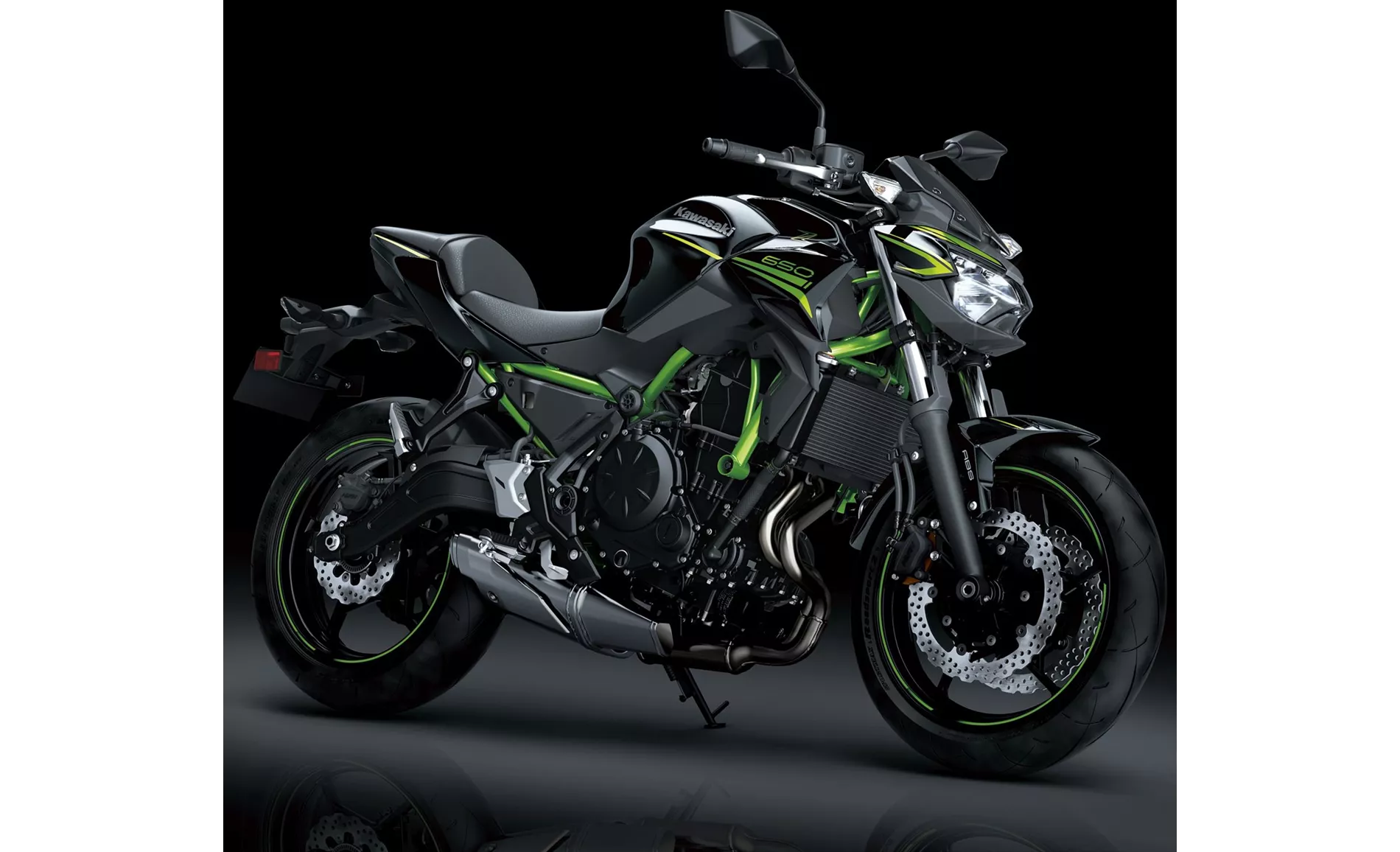
Kawasaki Z650 2020
On the other hand, the Kawasaki Z650 2020 has a powerful two-cylinder engine that delivers impressive performance. It also has an aggressive intake noise that adds to the overall riding experience. The bike has compact dimensions and a low seat height, making it accessible to riders of different heights. The stable chassis ensures a smooth and controlled ride. Additionally, the Kawasaki Z650 features a TFT display with connectivity, allowing riders to stay connected on the go. The bike also has a grown-up look that exudes sophistication.
However, the Suzuki SV 650 2021 has some weaknesses. The brake requires manual force, which may be a drawback for some riders. Additionally, the bike lacks electronic features apart from ABS, and the instruments are moderately readable.
Similarly, the Kawasaki Z650 2020 has a few weaknesses. Some riders may find the front brake pressure point to be less than ideal. The bike may also be uncomfortable for taller riders due to its lower seat height. Lastly, the Rideology App, which offers connectivity features, may not be as sophisticated as some riders would prefer.
In conclusion, both the Suzuki SV 650 2021 and the Kawasaki Z650 2020 have their own strengths and weaknesses. The choice between the two will ultimately depend on the rider's preferences and priorities.
Technical Specifications Suzuki SV 650 2021 compared to Kawasaki Z650 2020
Pros and Cons in comparison
Pros and Cons in comparison
Suzuki SV 650 2021
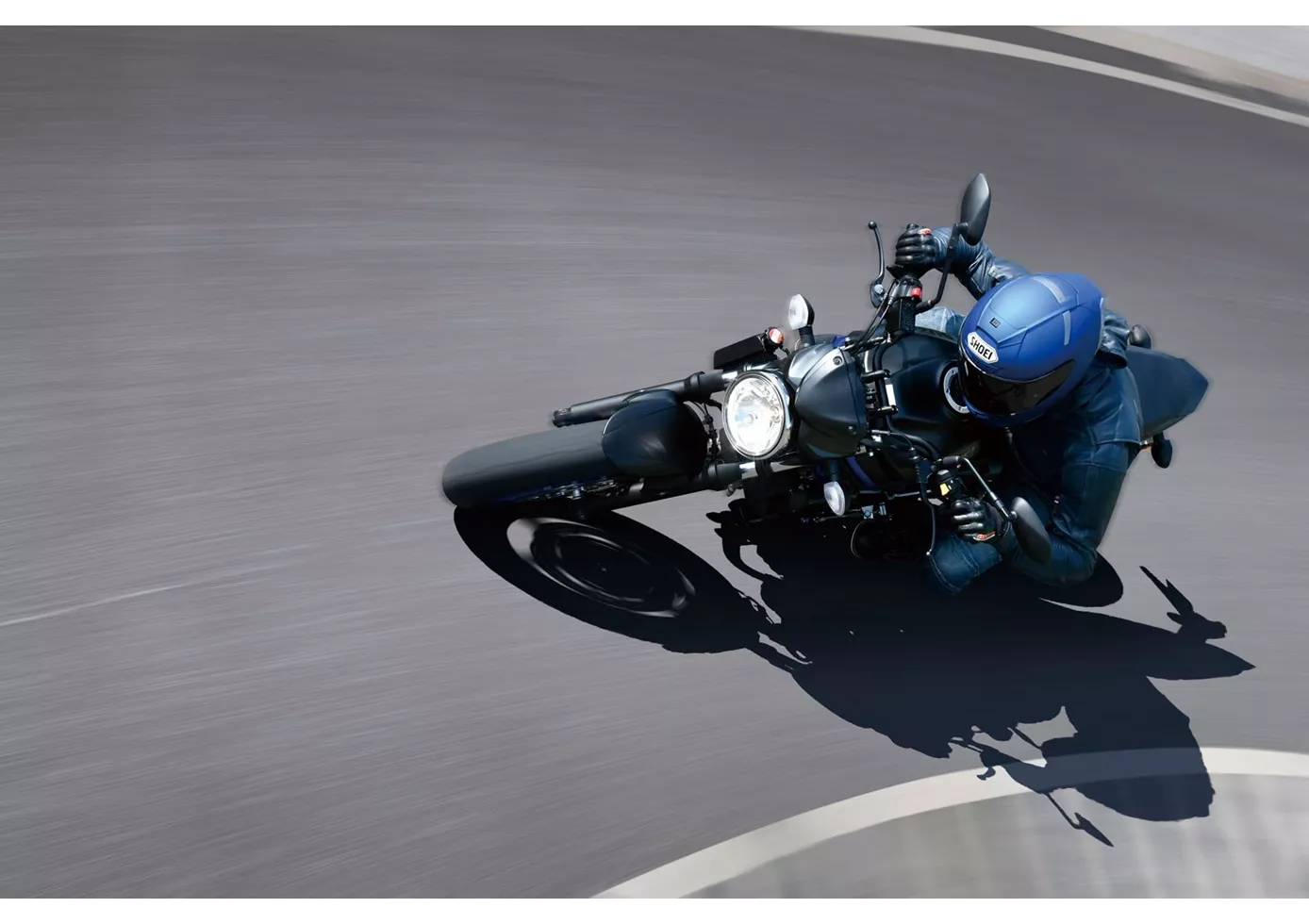
Not much has changed on the Suzuki SV 650 compared to its predecessor, five years ago. The engine has been updated to Euro5 and is now even more mature, which fits in perfectly with the rest of the package. The SV 650 doesn't want to scare anyone, especially beginners. The chassis makes a solid, unagitated impression, the brakes require a lot of manual force to prevent unexpected overbraking. The look is timeless on the one hand, but on the other hand some components are really a bit outdated. On the other hand, the price is fair, as usual for Suzuki.
Kawasaki Z650 2020
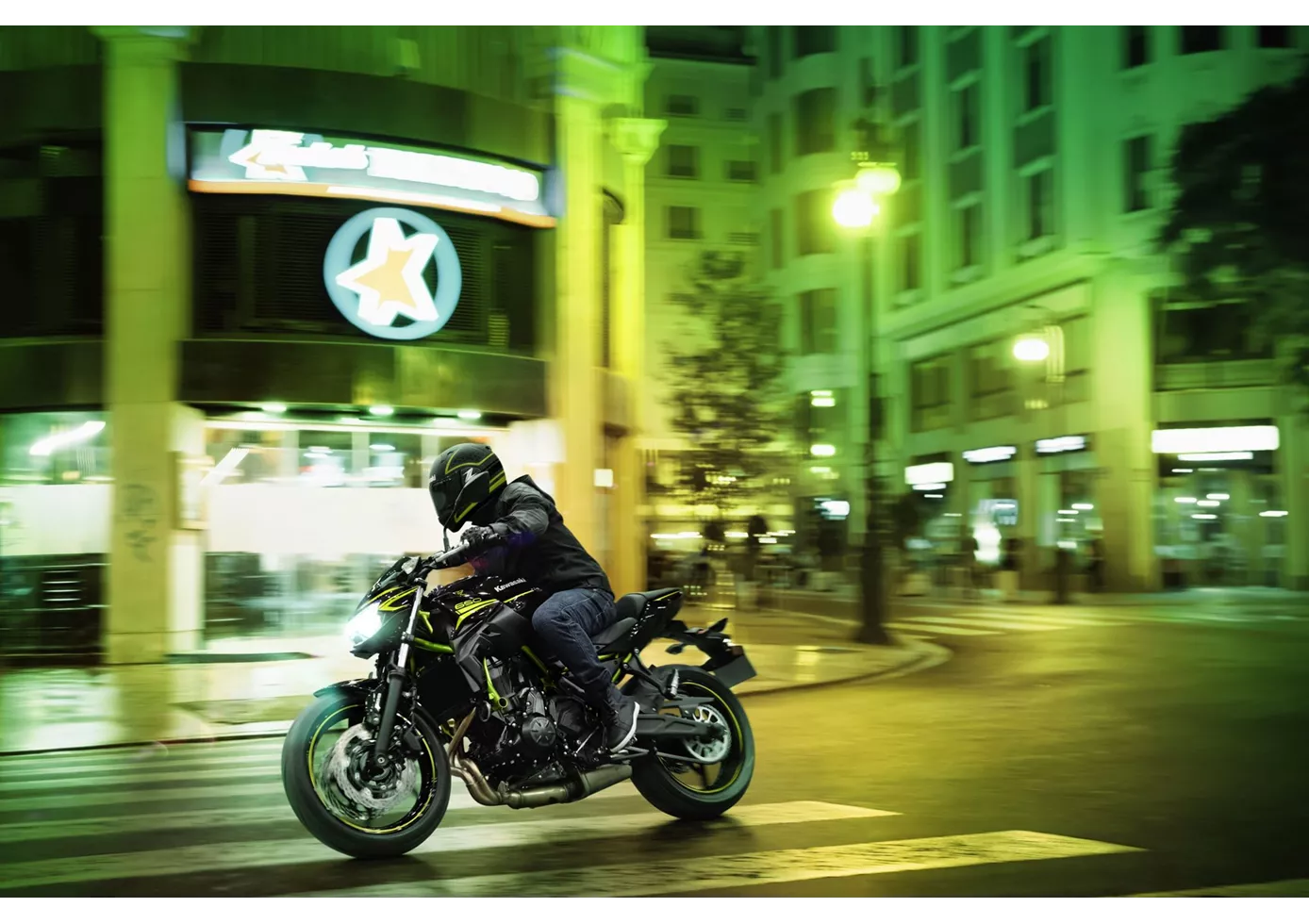
It's simply marvellous what Kawasaki has put together in a complete package with the new Z650. The technical components may not knock your socks off individually, but in combination they make for a pleasantly neutral motorbike that everyone will enjoy. No bitchy idiosyncrasies - simply a naked bike that works really well on winding country roads. Of course, the TFT display, which we don't find in the competition at the moment, is a plus, as is the grown-up look, which is strongly oriented towards the larger Z models. Only the pressure point of the front brake could have been more clearly defined - but you can't have everything in this price range.
Price Comparison Avarage Market Price Suzuki SV 650 vs Kawasaki Z650
There are a few key differences between a Suzuki SV 650 2021 and a Kawasaki Z650 2020. In terms of price, the actual average price of a Kawasaki Z650 2020 is about 10% higher. A Suzuki SV 650 2021 experiences a loss of 130 GBP in one year of ownership. This is offset by a loss of 30 GBP for a Kawasaki Z650 2020. Compared to Kawasaki Z650 2020 there are less Suzuki SV 650 2021 bikes available on the 1000PS.de Marketplace, specifically 13 compared to 21. It takes less time to sell a Kawasaki Z650 with 80 days compared to 111 days for the Suzuki SV 650. Since model year 2005 1000PS.de editors have written 25 reviews for the Suzuki SV 650 and 31 reviews for the Kawasaki Z650 since model year 2017. The first review for the Suzuki SV 650 was published on 26/09/2008 and now has more than 14,200 views. This compares to more than 25,000 views for the first review on Kawasaki Z650 published on 08/11/2016.
